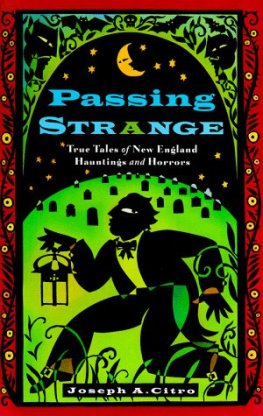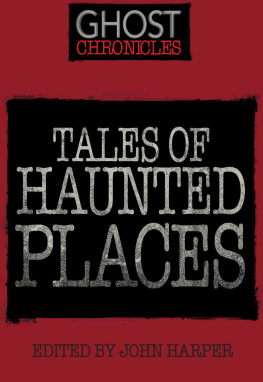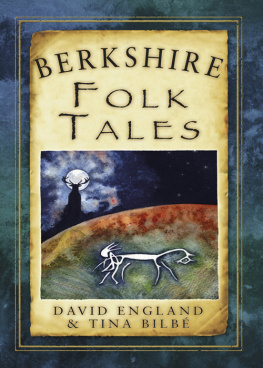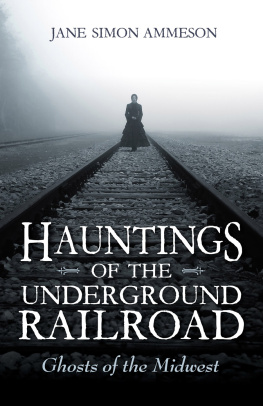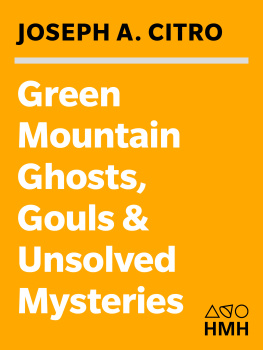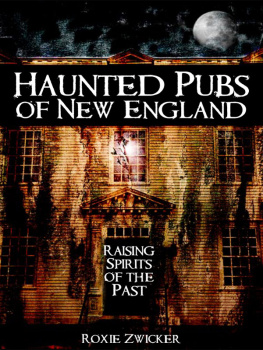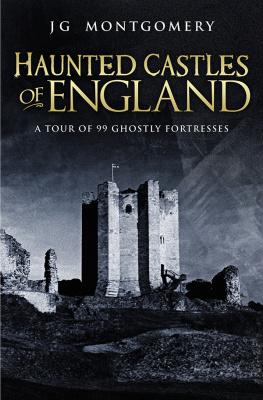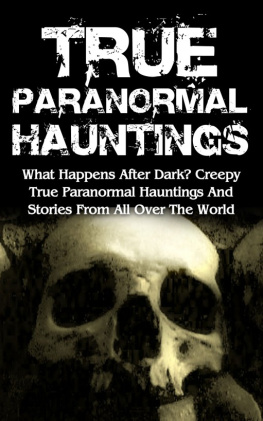Joseph A. Citro
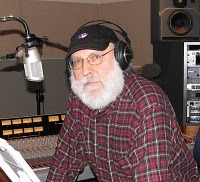
Joseph A. Citro is a Vermont author and folklorist. Occasionally referred as the "Bard of the Bizarre" or "the Ghost-Master General", he has extensively researched and documented the folklore, hauntings, ghost stories, paranormal activity and occult happenings of New England.
Interested in horror since he was a child, especially the works of Edgar Allan Poe and H. P. Lovecraft, Citro began his writing career by authoring several horror novels, including The Gore, Shadow Child, and Guardian Angels. These novels blended the gothic elements of Poe and the eldritch terror of Lovecraft with actual Vermont folklore and contemporary New England settings.
Later, Citro decided to make an attempt to catalogue all of the eccentric legends, folk tales, mysterious monsters, UFO sightings, haunted houses, and general uncanny activity of New England. His books on these subjects include Green Mountains' Ghosts, Ghouls, and Unsolved Mysteries, Passing Strange: True Tales of New England Hauntings and Horrors, Green Mountains, Dark Tales, and most recently Damned Yankees: Cursed in New England. He published Curious New England: The Unconventional Traveler's Guide to Eccentric Destinations with Diane Foulds, a travel guide to New England's peculiar and paranormal locations.
Citro has given many seminars about writing horror and non-fiction, and given commentaries on Vermont Public Radio.

Table of Contents
Copyright 1996, 1997 by Joseph A. Citro
Illustrations copyright 1996, 1997 by David Diaz
All rights reserved.
For information about permission to reproduce selections from this book,
write to Permissions, Houghton Mifflin Company, 215 Park Avenue South,
New York, New York 10003.
Library of Congress Cataloging-in-Publication Data
Citro, Joseph A.
Passing strange : true tales of New England hauntings and
horrors / Joseph A. Citro ; illustrations by David Diaz.
p. cm.
Includes bibliographical references and index.
ISBN 1-57630-018-8 (hardcover) ISBN 978-1-57630-059-6 (softcover)
I. GhostsNew England. 2. Haunted placesNew England.
3. Curiosities and wondersNew England. I. Title.
GR106.C57 1996
398.2'0974'05dc20 96-32202
Printed and bound in the United States of America
DOH 10 9 8
Designed by Susan McClellan
Cover illustration by David Diaz
Introduction: A Book of Wonders
"There is something truer and more real than what we can see with the eyes and touch with the finger."
N ATHANIEL H AWTHORNE
Rappaccini's Daughter
THE ETERNAL MOURNER
W HEN I WAS A KID, LIVING IN SOUTHFRN V ERMONT , my father would sometimes take the whole family for a day in the Big City. This involved a 40-mile drive from my hometown of Chester to the city of Rutland: population, some 17,000 folks at the time.
To this fidgety youngster, the journey seemed endless. I tuned out as we passed through little settlements like Gassetts, Ludlow, and Mount Holly. Then I yawned as we skirted brooks and crossed bridges. And all the while I battled nausea as our Plymouth swayed around the twists and turns of Route 103.
But there was one thing I looked forward to: the Bowman Mansion in the village of Cuttingsville.
It was a spooky old place, deserted, faded, scary as a haunted house in a horror comic. But what gave me the biggest shudder was directly across the road. It was something in the cemetery...
I remember preparing myself the moment we drove into town. I'd lean forward from the backseat, my head bobbing up front, right between my father's and mother's. I held my breath as the road curved gently to the right and the graveyard panorama opened up.
Then it appeared!
There, directly across from the house, was a somber granite mausoleuma tomb. And as alwaysright on its stepsI saw the ghostly figure of a man, completely white and absolutely motionless. He looked exactly like a ghost, kneeling there on the granite stairs of the crypt.
I could imagine a car full of uninitiated travelers cruising into Cuttingsville for the first time. I could picture their vehicle swerving dangerously as its astonished driver gawked too long at the spectral supplicant.
It wasn't a ghost, of course. It was a marble statue. And it's still there, just exactly as it was when I was a boy. The marble mourner is John P. Bowman himself.
My father had grown up in the area, so he had a lot of stories about the mausoleum, the mansion, and the man. He told me that Bowman had been a rich industrialist who'd lived there with his wife and daughter. Following a tragedy, the details of which no one seemed to remember, Mr. Bowman's wife and child had passed away, leaving the grieving millionaire alone in his spooky old house.
As Dad told it, Mr. Bowman's beliefs were a tad peculiar. Supposedly, he passed the years as a recluse, studying occult sciences and performing odd rituals. He believed he would find a way to literally come back from the dead. On the off chance that his family would return, too, he'd had the elaborate mausoleum built to preserve their bodies, just in case they'd be needing them again.
After a while, grief and the years took their toll on Mr. Bowman. He became ill. Following a period of suffering and decline, he too passed away. Then his body was moved to join his family in the vault across the street.
According to local lore, Mr. Bowman left a rather unusual will. It provided that the remainder of his substantial fortune would be used for upkeep on the house and the mausoleum. Caretakers were maintained on the premises. Servants were employed to clean the place and to change the bed linens each week. Every nightso the story wentthey'd set the table for an evening meal.
In fact, my father's rendition of the story was even more optimistic: the cook and butler would actually prepare and serve a full, formal meal every evening.
Bowman wanted everything to be ready if he, his wife, or his daughter should arrive home unannounced. And if they were to show up hungry, supper would be waiting.
It was a great story, and for years I carried it around as if it were fact. I even picked up enticing additions along the way. Like the taletold by people who'd supposedly visited the placeof the faint, sad sobbing of an infant who could never be located among the maze of the mansion's empty rooms.
Later, when I was in high school, some of us would make the occasional pilgrimage from Chester to Cuttingsville, usually around Halloween. We'd tell the story again and again, customizing the details to fit the situation. If the moon was right, we'd sneak up to the mausoleum. Looking through the barred door revealed a spacious interior. Magically, it seemed vastly larger than the outsidean optical illusion effected by the clever placement of mirrors.
Sometimes we'd dare each other to look directly into Bowman's marble eyes. Then we'd scamper across the road and peer through the windows of his deserted mansion. Even now, one friend swears he saw a wispy, transparent shape drifting through the haunted halls.
As an adult, in preparing this book, I decided to get the real scoop on Mr. John P. Bowman. Turns out, the stones I'd grown up with were ... well ... slightly inaccurate.
I'll save those for another time, but for now, here's the point. Mr. Bowman is important to me because of the questions he, his home, and his tomb provoked in my developing imagination. Those questions led directly to this book.

